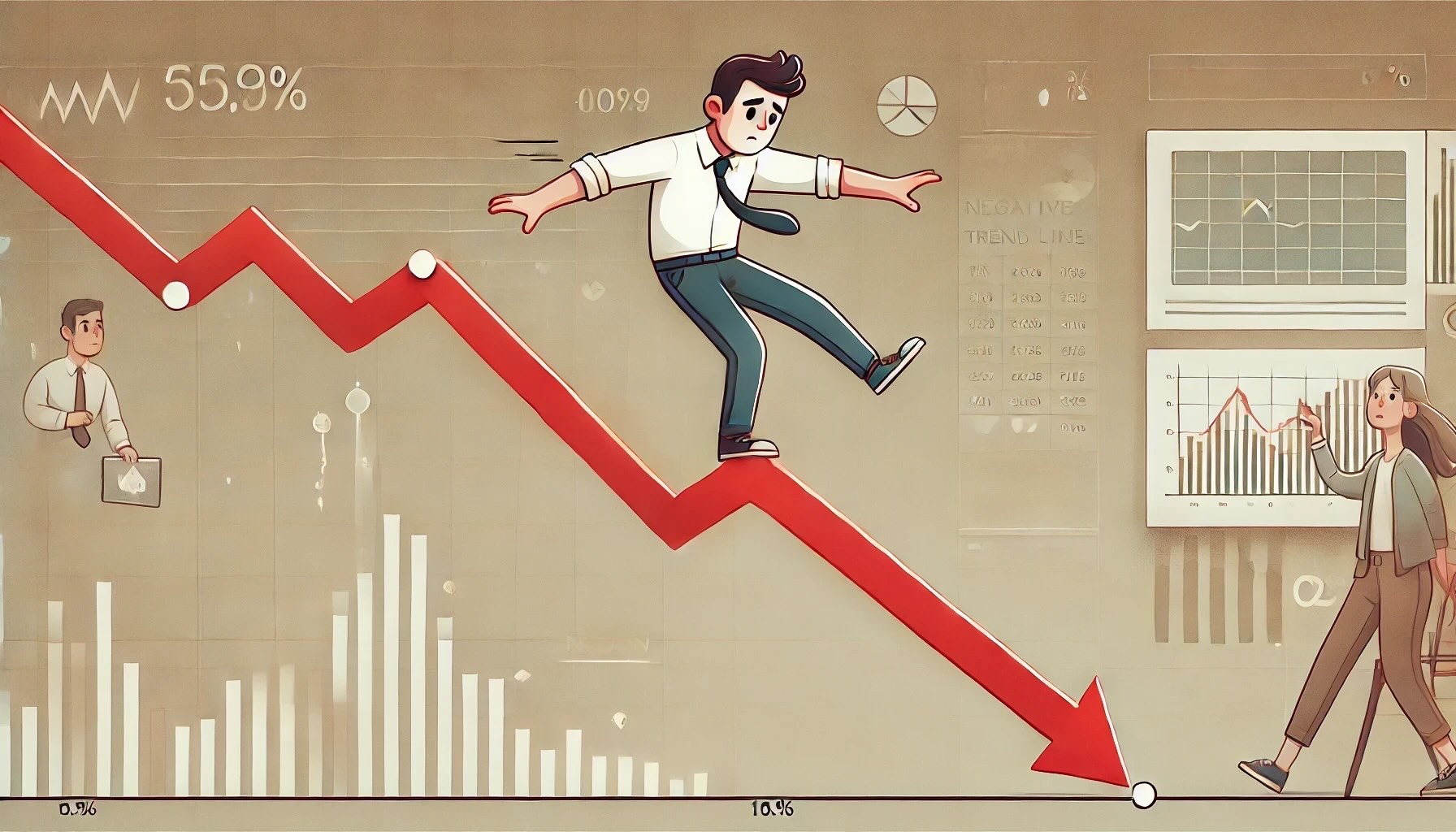Recession Indicator

A collection of 4 recession indicators
Unemployment Rate
The unemployment rate measures the percentage of people in the labor force who are currently unemployed and actively seeking employment. When the unemployment rate is trending up, it's a sign of a weakening economy. To check whether the unemployment rate is signalling a recession, it's often tested against the Sahm Rule. The Sahm Rule states that, "when the three-month moving average of the national unemployment rate is 0.5 percentage point or more above its low over the prior twelve months, we are in the early months of recession".
Yield Curve
The yield curve is a graph of bond yields by maturity date. Normally, longer-term bonds have higher yields because of the longer wait until maturity. When shorter-term bonds have higher yields than longer-term bonds, the shape of the graph becomes "inverted". This indicates investors see higher risk in the near term, usually resulting from the expectation of an economic downturn.
Retail Sales
Retail sales measures the total amount of money consumers are spending on finished goods. Consumer spending is a key economic activity. Increases in spending tend to lead to economic expansion. Decreases in spending tend to lead to economic contraction.
Consumer Confidence Index® (CCI)
The Consumer Confidence Index® measures consumer's optimism about the state of the economy and their personal financial situation. It's based on a monthly survey of 5,000 households that assesses their attitudes and expectations about current and future economic conditions.
Resources for understanding recessions
- "How Do Economists Determine Whether the Economy Is in a Recession?." The White House.
- "Business Cycle Dating." National Bureau of Economic Research.
- Weiling Liu and Emanuel Moench. "What Predicts U.S. Recessions?." Federal Reserve Bank of New York.